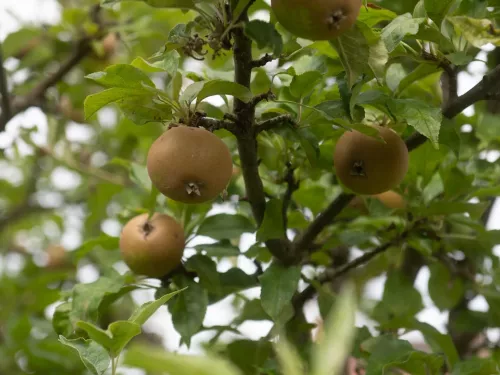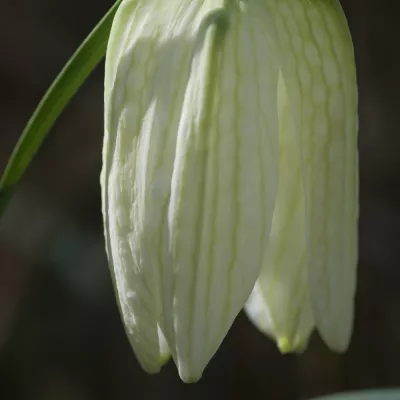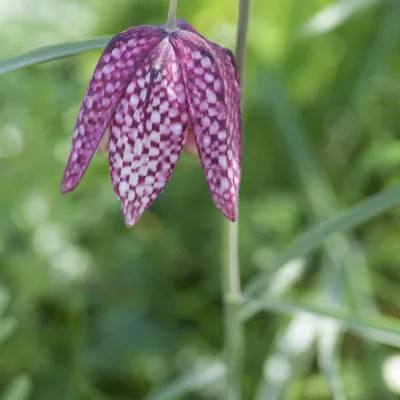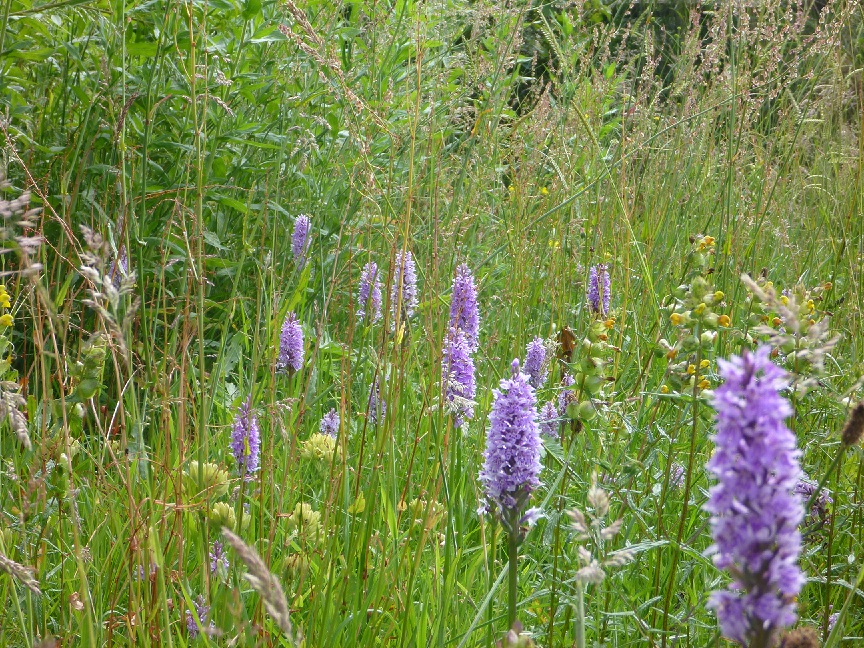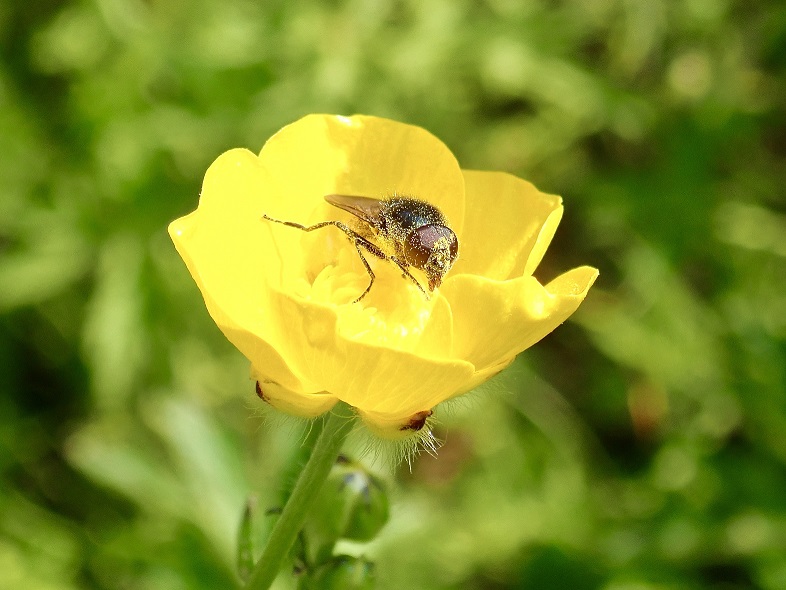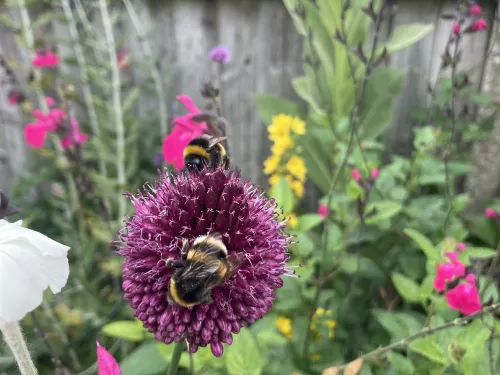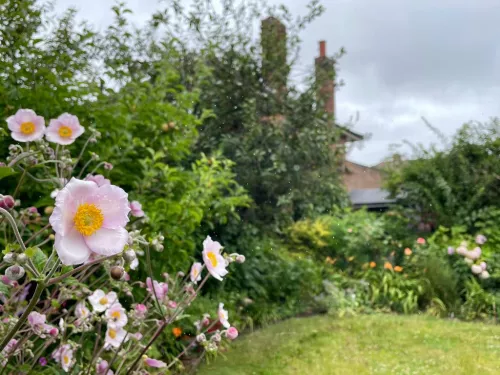We planted yellow rattle which, being parasitic on grass roots, reduces its vigour and makes more room for wildflowers. Yellow rattle can be tricky to germinate but we were finally successful when we scuffed a bare patch in the grass and sowed some seed in autumn. Once established, it self-seeded very well.
At first, we waited to see which plants were already there, waiting for an opportunity, and found the common spotted orchids, self-heal, buttercups and the amazingly delicate grass vetchling. Some plants moved in from other parts of the garden, including ragged robin, snake’s head fritillary and meadow cranesbill. We have also tried to increase diversity by introducing wildflowers, such as knapweed as small plants. A number of specialist nurseries supply wildflower plants.
